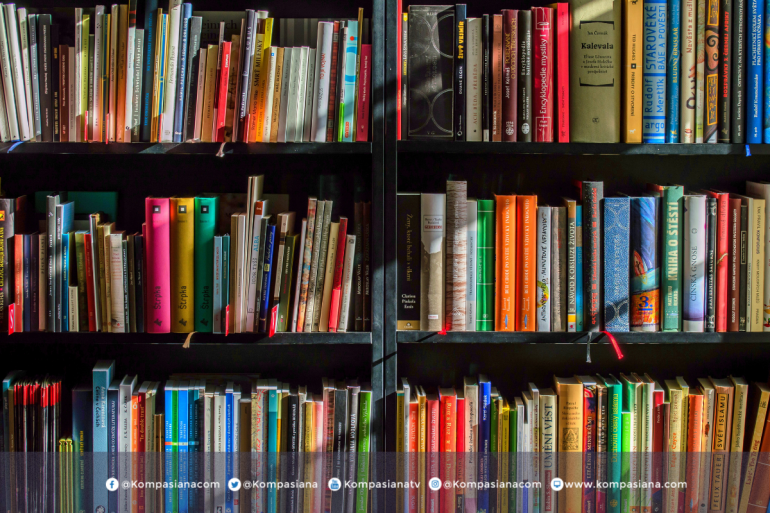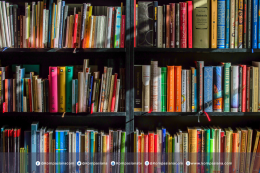Sundahri*, Salsabilla Rossa Nathaswa, Stanislaus Dimas Raditio, Diendra Imas Desi Deria, Qurotul Azizah Mawani, Rafika Muhliza
Faculty of Agriculture, The University of Jember
Corresponding author: Sundahri.faperta@unej.ac.id
Rubber planting in nurseries is an intricate process that requires expertise in various aspects of horticulture, soil science, and plant health management. The rubber tree, scientifically known as Hevea brasiliensis, is native to the Amazon basin, but its cultivation has spread throughout tropical and subtropical regions across the globe. In the context of nursery production, understanding the genetic characteristics and growth responses of different clones is crucial for establishing a successful rubber nursery operation. Recent research has highlighted the significance of clonal variations in determining seed characters and germination rates, which directly influence the success rates of rubber seedlings in nursery environments (Ngon et al., 2022).
Nurseries serve as critical infrastructures where young rubber trees are raised before being transplanted to plantations. The management practices employed in these nurseries can greatly affect the growth performance of rubber seedlings. Factors such as water management, light exposure, and soil composition play pivotal roles in ensuring optimal growth conditions. Specifically, studies have indicated that the clone RRIM 3001 showcases particularly strong growth traits at the nursery stage, making it a recommended option for nursery managers focusing on replanting efforts in rubber plantations (Mislan et al., 2020). Moreover, the effective management of seed quality is another essential component of nursery success. Research demonstrates that high-quality seeds are fundamental for achieving superior seedling performance, emphasizing the need for rigorous seed selection and handling protocols within rubber nurseries (Alwis et al., 2022).
Additionally, the impact of different soil mixtures on seedling growth cannot be understated. A careful selection of soil types with appropriate nutrients is critical for promoting early growth performance in rubber seedlings, as observed in various studies (Owino et al., 2022). Furthermore, environmental factors, including humidity and temperature, exhibit discernible effects on the development and structure of rubber seedlings, which in turn influences nursery production efficiencies (Bakri et al., 2021). Implementing appropriate soil management practices is therefore essential to counteract these environmental stresses and to foster robust seedling growth.
Upon establishing rubber nurseries, pest and disease management is another critical area requiring attention. Notably, Corynespora leaf fall (CLF), caused by Corynespora cassiicola, poses a significant threat in rubber nurseries and has been documented extensively in regions such as Yunnan and Hainan provinces in China (Li et al., 2021). The effective management of such diseases includes the implementation of biosecurity measures and practices informed by past research outcomes. Integrated pest management, which combines chemical, biological, and cultural strategies, plays a vital role in maintaining nursery health (Green et al., 2021).
Moreover, effective water management techniques have been shown to enhance the viability of seedlings throughout their growing period. In regions with variable rainfall patterns, employing irrigation methods that optimize water use can substantially influence the survival and growth of rubber plants (Mislan et al., 2020). As such, the development of water management protocols tailored to the specific environmental and climatic conditions of a nursery is essential in rubber production.
The selection of planting materials and the timing of sowing also contribute significantly to the overall success of nursery operations. Strategic planning regarding seed quantities and sowing times can maximize the yield of quality seedlings. Various studies have demonstrated that adjusting seed quantities can enhance both growth and the success rate of bud-grafting, which is a common practice to propagate desired rubber plant traits (Alwis et al., 2022). Therefore, a nuanced approach to scheduling sowing and managing seed stocks must be integrated into nursery practices.
In addition to the biological aspects, socio-economic factors concerning rubber nursery management are essential. The experiences drawn from local communities managing their rubber plantations offer valuable insights into best practices, which can be adapted across different geographical areas. Community engagement and knowledge-sharing play a crucial role in developing innovative nursery management systems that are responsive to local environmental conditions and socio-economic realities (Wulandari et al., 2022).
Furthermore, the integration of modern technologies in nursery management is increasingly becoming relevant. The utilization of digital platforms for tracking seedling health, moisture levels, and growth metrics can aid nursery managers in making informed decisions (Yu & Marble, 2022). Implementing such technologies supports efficient resource allocation and enhances overall productivity in rubber nurseries.







